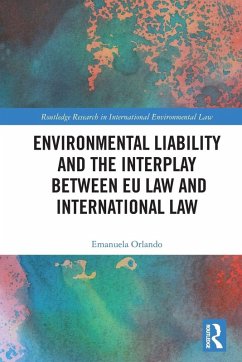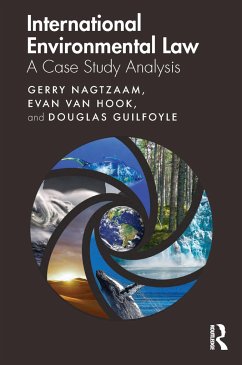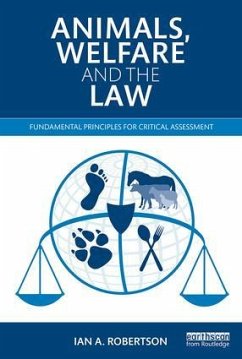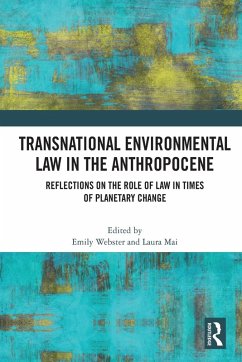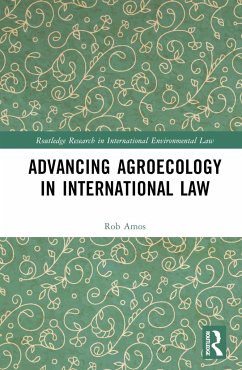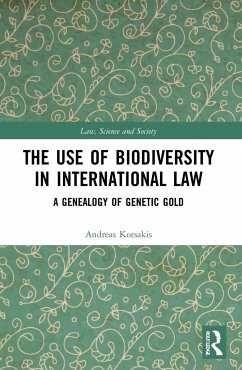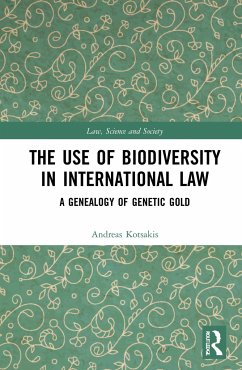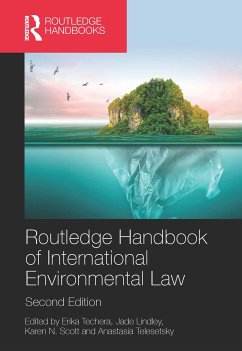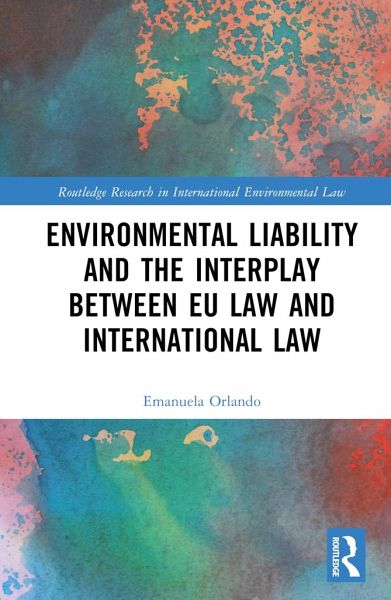
Environmental Liability and the Interplay between EU Law and International Law
Versandkostenfrei!
Versandfertig in 2-4 Wochen
130,99 €
inkl. MwSt.
Weitere Ausgaben:

PAYBACK Punkte
65 °P sammeln!
The role of law in responding to global environmental problems and the interplay between different levels of regulation and governance is becoming increasingly relevant in the field of liability and reparation for environmental damage.
Dieser Artikel kann nur an eine deutsche Lieferadresse ausgeliefert werden.




